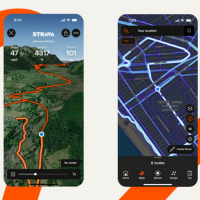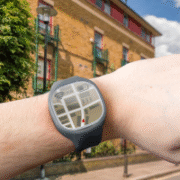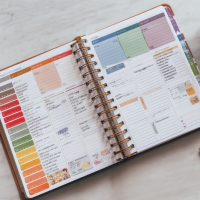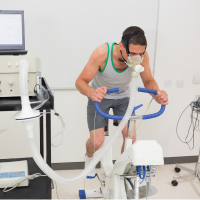How to Monitor Progress: Tracking Your Training Milestones
One of the most rewarding parts of training for a big race is seeing just how far you’ve come. Whether you’re preparing for your first marathon or aiming for a new personal best, tracking your progress not only keeps you accountable but also boosts your motivation. By monitoring milestones along the way, you’ll have a clearer picture of your improvements and know when it’s time to push harder—or dial it back.
Here are some effective ways to keep track of your training journey:
1. Training Apps
Smartphone apps like Strava, Garmin Connect, and TrainingPeaks make it easy to log workouts, track mileage, and analyze performance trends. These apps also provide social features, letting you share workouts with friends or teammates and celebrate each other’s milestones.
Why it helps: Instant feedback and long-term data help you identify patterns, like when you’re strongest during the week or how your pace improves over time.
 2. GPS Watches
2. GPS Watches
A reliable GPS watch can be a game-changer. Beyond recording pace, distance, and time, many watches now monitor heart rate, cadence, elevation, and even recovery metrics. They’re perfect for athletes who want real-time insights while on the move.
Why it helps: Immediate performance feedback helps you stay in your target zones and avoid overtraining. Plus, syncing with training apps makes it easier to review your sessions later.
3. Old-School Training Logs
Sometimes simple is best. A notebook, journal, or printed training plan gives you a tangible way to track progress. Writing down how you felt during each session, along with times and distances, provides context that digital tools can’t always capture.
Why it helps: Recording notes about your energy, sleep, or nutrition alongside workouts allows you to spot patterns and make better training adjustments.
4. Setting Milestones
Break your bigger goal into smaller wins, like running a faster 5K, swimming a certain distance nonstop, or hitting a weekly mileage target. Tracking these mini-goals makes training less overwhelming and keeps your confidence high.
Why it helps: Celebrating progress at each milestone reminds you that success is built step by step.
5. Regular Assessments
Schedule benchmark tests every 4–6 weeks, such as a timed mile run, a set swim distance, or a cycling power test. These assessments provide measurable results that reflect your fitness improvements.
Why it helps: Regular check-ins prevent plateaus and confirm that your training is moving you toward your race-day goals.
Final Thought
No matter how you choose to track your training—through apps, watches, or a classic logbook—the key is consistency. Monitoring your progress helps you see the big picture and keeps you motivated when training feels tough. By celebrating each milestone along the way, you’ll stay focused and confident heading into race day. If you’re working toward your next big event, like the Spurs Austin International Half, tracking your journey will make that finish line moment even more meaningful.


